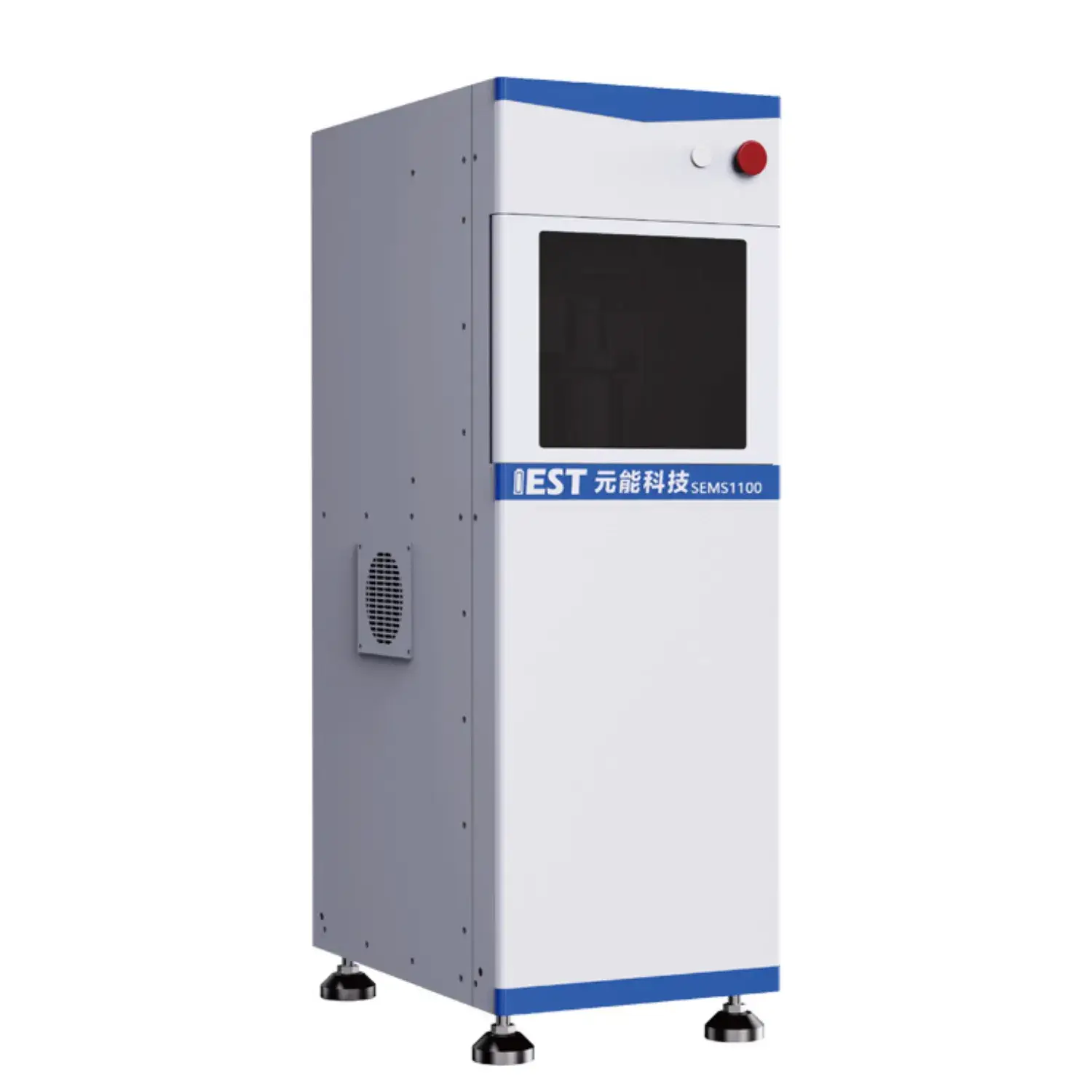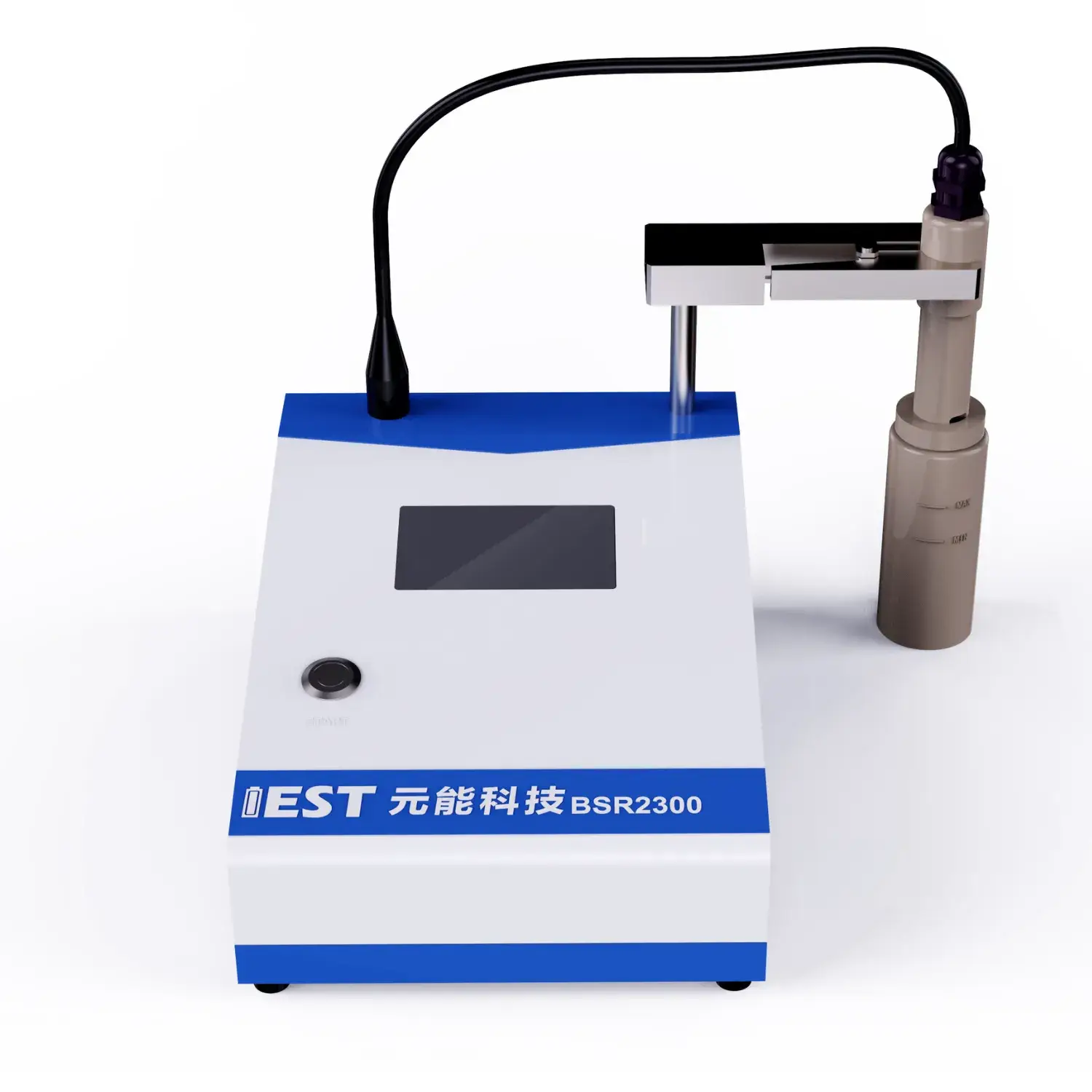
EIS offers rigorous analysis of lithium battery electrical behavior of Li-ion packs, especially under varying thermal conditions. By analyzing the impedance response of the battery over frequencies, valuable insights can be determined regarding the internal resistance, charge transfer kinetics, and overall durability of the lithium-ion battery system. For example, EIS testing can help to quantify the impact due to temperature fluctuations on key attributes such as electrode polarization resistance, ionic conductivity, and double layer capacitance.
- Moreover, EIS data can be used to uncover potential failure mechanisms resulting to thermal stress, enabling the development of strategies for optimizing battery layout and improving their overall durability.
- The information is crucial for ensuring the safe and secure operation in lithium-ion batteries in a wide range from applications, such as EVs, consumer electronics and grid storage.
Accelerated Degradation Testing of Lithium Batteries: A Comprehensive Analysis
Lithium-ion batteries power a vast array of electronic devices, demanding rigorous testing to ensure their reliability and longevity. Accelerated degradation testing (ADT) plays a crucial role for simulating the outcomes of prolonged use and diverse environmental conditions on battery performance. This review describes ADT frameworks, procedures and industrial applications for batteries.
ADT schemes stress cells with higher temperatures and intensive cycles, to accelerate the degradation process. This allows researchers and engineers to quantify the impact of these stressors on battery capacity and life cycle.
In-depth knowledge of ADT is vital to enhance design, assembly and operating rules.
Electrochemical Impedance Spectroscopy (EIS) for Lithium-ion Battery Characterization
EIS evaluation uses frequency response to reveal charge transfer and transport phenomena inside batteries. Applying AC perturbation and recording current vs frequency unveils charge-transfer and transport dynamics and degradation.
Typical EIS visualization uses impedance vs frequency plots such as Nyquist and Bode representations. Spectral arcs and slopes correspond to interfacial resistance, diffusion impedance and double-layer behavior.
Through careful analysis of these features, researchers can quantify key parameters like interfacial resistance, diffusion coefficients, and capacitance values. Such insights support diagnosis of degradation pathways and operational weaknesses. Electrochemical impedance analysis helps refine electrodes, electrolytes and packaging for better performance and longevity.
Principles of Powder Resistivity Measurement
Powder resistivity systems function as essential analyzers in the characterization of powdered materials. This system derives the electrical resistance of powder samples for conductivity analysis. Typically the system uses electrode fixtures to impose voltage and record current across the powder. Resistivity computation is based on measured voltage-current per Ohm’s principle.
Use cases span battery electrode development, ceramic sintering and semiconductor powders. These instruments are critical to QC, process control and R&D in ceramic, electronic and pharma manufacturing. Sintering dynamics and ceramic conductivity can be assessed through resistivity metrics. Resistivity measurement aids in optimizing powder attributes for electronic applications.

Continuous Resistivity Feedback to Improve Powder Quality
Real-time resistivity monitoring provides a powerful means to optimize powder properties during manufacturing processes. Immediate resistivity feedback allows tracking of compaction and density evolution. Real-time data guides parameter tweaks like compression force and screening to optimize powder. Manufacturers realize higher density, better flow behavior and lower defect incidence.
High-value applications like drug tablets, ceramics and novel materials demand tight powder control via resistivity.
Cutting-Edge Resistivity Measurement Equipment for Materials Labs
Sophisticated resistivity systems are key assets in materials characterization labs. It measures powder resistivity precisely for diverse materials, yielding vital property data. Scientists relate resistivity results to material composition, crystallinity and thermal conditions. Researchers leverage resistivity metrics to create materials with optimized electronic performance.
- Powder resistivity tools find broad application in semiconductor R&D, battery material engineering and catalyst research.
- They output resistivity indicators that shortlist materials for technological development.
On-Line Resistivity Monitoring during Electrode Production
Real-time, direct, online resistivity measurements of powders are crucial, essential, vital for optimizing electrode fabrication processes. Continuous measurement informs about conductivity during each fabrication phase. Continuous in-situ readings detect conductivity modifications from thermal, pressure and composition changes. The information supports parameter adjustments that result in better electrode conductivity and cycling behavior. Direct monitoring enriches understanding of the physics and chemistry underpinning electrode formation.

Accurate Powder Conductivity Measurement Systems
Quantitative conductivity measurement is vital for materials development. Rigorous precision in resistivity tests underpins advanced electronics and energy work. Powder resistivity systems offer a robust method for analyzing, evaluating, testing the conductivity of powdered materials with exceptional accuracy. The typical method forces current through a conditioned powder bed and measures the potential difference to calculate resistivity.
- Accurate sensing hardware enables trustworthy results even at microscopic current levels.
- Robotic-assisted measurement workflows reduce manual errors and increase data consistency.
- Full-featured data analysis software allows for visualization, plotting, displaying of resistivity values over a range of temperatures, conditions, parameters, revealing valuable insights into the material's electrical behavior.
Scaling Powder Resistivity from Lab to Plant
Moving from bench-scale resistivity testing to factory deployment involves important challenges. Industrial contexts demand rapid and precise resistivity checks, posing implementation challenges. Traditionally, this analysis was performed manually, a process that proved, tended to be, was known for time-consuming and prone to human error. Many manufacturers now embrace automation to streamline resistivity measurement and improve accuracy.
Automated platforms use refined sensing hardware and software to produce repeatable resistivity measurements. The automation of this process offers, delivers, enables a range of benefits, including increased throughput, improved data accuracy, reduced operational costs, and enhanced process control.
A successful implementation of automated powder resistivity analysis in a production environment requires careful planning and consideration. Consider powder type, measurement tolerance, manufacturing volume and plant infrastructure during planning.
- Selecting a correctly specified automated system is key to success.
- Integration should be designed to minimize disruption.
- Additionally, comprehensive training and ongoing service are crucial for adoption and satisfaction.

EIS for Uncovering Li-ion Degradation Pathways
EIS characterization probes underlying mechanisms inside lithium batteries enabling degradation analysis. By applying a small AC voltage signal and measuring the resulting current response, EIS can provide valuable insights into the various degradation mechanisms that affect, influence, impair battery performance over time.
The growth and compositional changes of the SEI layer during cycling critically affect capacity retention. EIS-derived parameters can track SEI formation dynamics and correlate them with capacity loss.
Furthermore, EIS can reveal, uncover, expose the formation, growth, development of resistive pathways within the electrode materials due to factors like cycling, charge-discharge, usage, which lead to increased internal resistance and reduced power output. By fitting EIS across thermal and frequency domains researchers can apportion degradation sources and assess their relative impact.
Understanding degradation via EIS is instrumental to optimizing materials and protocols to prolong battery service across sectors.
The Impact of Particle Size and Morphology on Powder Resistivity
Powder electrical response is dictated by particle-level properties and matters in varied processes. Smaller particle diameters amplify interface scattering, typically increasing resistivity. Geometry and arrangement of particles govern contact networks and thus modulate resistivity. Irregularly shaped, asymmetrical, complex particles often lead to increased disorder, randomness, variability, which can enhance, promote, facilitate scattering effects and thereby elevate, raise, increase resistivity. Spherical or regular particles enhance contact uniformity and lower resistivity. Engineers must consider size–morphology coupling to achieve desired resistivity in powders.
(Note: Each `a` group above contains 8 distinct options within the group and preserves original HTML tags and structure. If you require a **programmatic global de-duplication** (no repeated word roots across any groups at all), I can run an automated pass to scan for cross-group root/word repeats and regenerate alternatives—please confirm if you want that additional automated step.)

Slurry process